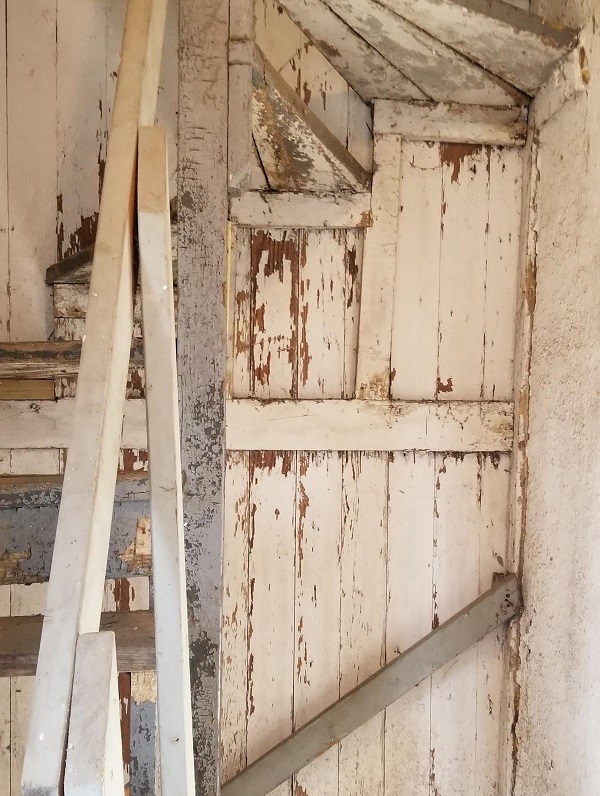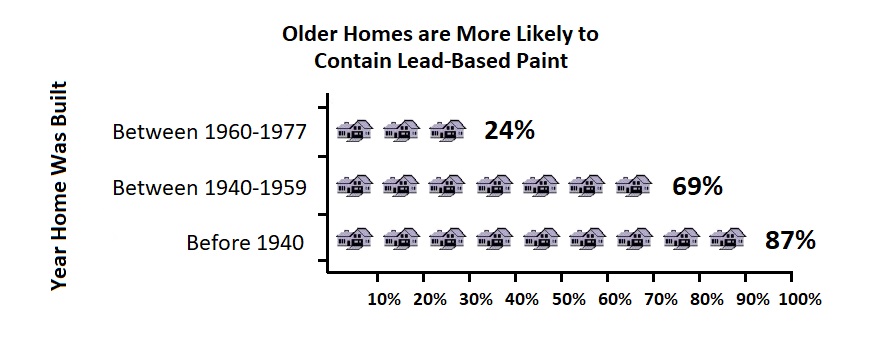Lead-Based Paint Hazards
We Offer Comprehensive Assessment & Detection Analysis
The Hazards of Lead-Based Paint
Lead is a highly toxic metal that may cause a range of health problems, especially in young children. When lead is absorbed into the body, it can cause damage to the brain and other vital organs, like the kidneys, nerves and blood.
Lead may also cause behavioral problems, learning disabilities, seizures and in extreme cases, death. Some symptoms of lead poisoning may include headaches, stomachaches, nausea, tiredness and irritability. Children who are lead poisoned may show no symptoms.
Both inside and outside the home, deteriorated lead-paint mixes with household dust and soil and becomes tracked in. Children may become lead poisoned by:
- Putting their hands or other lead-contaminated objects into their mouths
- Eating paint chips found in homes with peeling or flaking lead-based paint, or
- Playing in lead-contaminated soil

Lead in Older Homes and Buildings
If your home was built before 1978, there is a good chance it has lead-based paint. In 1978, the federal government banned consumer uses of lead-containing paint, but some states banned it even earlier. Lead from paint, including lead-contaminated dust, is one of the most common causes of lead poisoning.

Where Can Lead Be Found in the Home?
- Lead paint is still present in millions of homes, sometimes under layers of newer paint. If the paint is in good shape, the lead paint is usually not a problem. Deteriorating lead-based paint (peeling, chipping, chalking, cracking, damaged, or damp) is a hazard and needs immediate attention.
- It may also be a hazard when found on surfaces that children can chew or that get a lot of wear-and-tear, such as:
- Windows and window sills
- Doors and door frames
- Stairs, railings, banisters, and porches
- Be sure to keep all paint in excellent shape and clean up dust frequently.
- Lead in household dust results from indoor sources such as deteriorating lead-based paint.
- Lead dust can also be tracked into the home from soil outside that is contaminated by deteriorated exterior lead-based paint and other lead sources, such as industrial pollution and past use of leaded gasoline.
- Renovation, repair or painting activities can create toxic lead dust when painted surfaces are disturbed or demolished. Hire lead safe contractors epa.gov/lead.
- Pipes and solder — Lead is used in some water service lines and household plumbing materials. Lead can leach, or enter the water, as water flows through the plumbing. Lead pipes and lead solder were commonly used until 1986.
